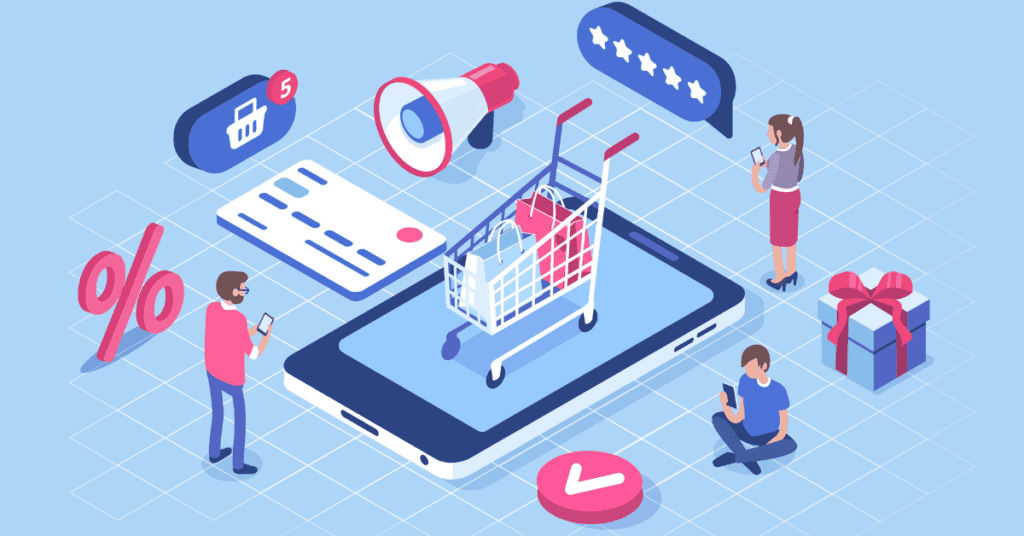Postmedia Solutions has identified eight best practices to help you increase sales on your website.

You have a website set up for e-commerce. You’ve implemented effective search engine optimization. You’re promoting the site through paid search and social campaigns. You’re creating great content. And it’s working. Your marketing strategy is driving traffic to your site.
But are those visitors converting to paying customers? If your website isn’t helping visitors become buyers, then your business is not going to grow. So how do you increase sales on your website?
Postmedia has identified eight ways to ensure your website is set up to convert.
How to increase sales on my website
Make conversion analysis part of your marketing strategy
This is one of the best ways to manage the ROI of your campaigns. Begin by setting specific conversion goals. Then measure and track your conversion rates. We’re focusing on sales here, but conversion goals can also include visitors taking other actions, such as filling out a form, attending a webinar, requesting an estimate or spending a specific amount of time on your site.
A basic conversion rate calculation is:
Conversion Rate = Total number of conversions / Total number of sessions.
Tip: Google Analytics offers free tools that work with Google’s advertising and publishing products to deliver business insights. For example, Google Goals measures how effective your website is in meeting your target objectives.
Be clear about who you are and the value you bring
What makes you stand out from the competition? Why should buyers trust you and your products? Craft an elevator pitch that is compelling and to the point, and will resonate with your target buyers. Include this key messaging in all your branding initiatives, on your home page, on social channels and in product descriptions.
Build an email database and segment your email audience
Email marketing is a proven and effective way to drive traffic to specific pages on your website. It can take the form of a simple update or reminder about a product or service. Or it can involve regular email newsletters designed to keep your brand top of mind by pointing readers to relevant articles and promotions on your website. Promotional emails can turn the spotlight on special events and sales.
Use the data you’ve collected about your customers to segment your email audience by purchase history, interest, demographics and where they are on their buying journey. Include whatever data you think is relevant to your business. Having one long list of email addresses will not help you drive sales. Once you have segmented your email audience, you can provide personal offers and provide the kind of customer service that builds loyalty.
Develop landing pages that link to and align with your pay-per-click campaigns
AdWords campaigns will help improve your ad quality score which will in turn improve your ad and website rankings. That’s because Google rewards relevance and these are important indicators of relevance for the search engine.
Build your credibility on social media
It has never been easier for customers to get loud about what they like and what they don’t. When it comes to building trust in your brand, happy customers sharing reviews and testimonials on social media can carry the same weight as recommendations from friends.
A few fast facts about the power of reviews:
- 92 per cent of consumers read at least one review before making a purchase.
- 88 per cent of consumers trust reviews as much as personal recommendations.
- Reviews for local businesses influence up to 10 per cent of the search ranking.
Turn your website into a great customer experience
Your website is the face of your brand. It’s what will help you stand out in a growing e-commerce environment – if you prioritize it and make it a place your customers want to visit.
- Make sure it provides the information customers want and need to move through their buying journey in the way they want to receive it.
- Use high-quality product images and video, relevant articles, and engaging product copy that tells your brand story and how the product will help customers.
- Keep it fresh with regular updates.
- Ensure the web design is easy to navigate and optimized for mobile.
- Invest in speed and performance: 53 per cent of people will leave a web page if it takes more than three seconds to load. Google Search now determines ranking results by incorporating criteria such as how fast pages load, visual stability and whether pages are optimized for mobile. If your site isn’t fast, stable and mobile friendly, you won’t rank as high as competitors’ websites that check all of those boxes.
- Simplify the checkout process. On average, nearly 70 per cent of U.S. shoppers abandon their shopping cart at checkout largely because the checkout process is too long and complicated. Be sure to provide a variety of online payment options to help people complete a purchase.
Create a blog and post new content regularly
This is a great way to bring added value to your customers by answering their questions and addressing their pain points. It will also help build trust in your brand.
Tip: Include a call to action (CTA) related to the blog topic that encourages readers to meet one of your conversion goals. For example, these context-based CTAs can direct readers to try out a product, sign up for an event and more.
Leverage live chat
Adding a live chat feature to your site will allow you to immediately answer a visitor’s questions while they are on your site. This type of relevant engagement drives conversions. Research shows that shoppers are 4.6 times more likely to convert after engaging with an online chat support service. Plus, a buyer who uses live chat will likely spend 60 per cent more on their purchases.
Driving traffic to your website is table stakes in today’s growing ecommerce marketplace. Now it’s time to ensure those clicks convert into sales. This is what will allow you to grow your business.

